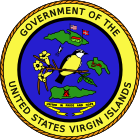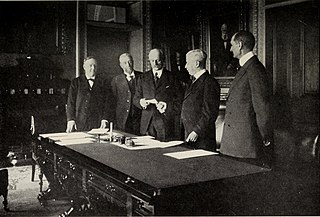
The United States Virgin Islands, officially the Virgin Islands of the United States, is a group of islands in the Caribbean and an unincorporated and organized territory of the United States. The islands are geographically part of the Virgin Islands archipelago and are located in the Leeward Islands of the Lesser Antilles.

This is a United States territorial acquisitions and conquests list, beginning with American independence. Note that this list primarily concerns land the United States of America acquired from other nation-states. Early American expansion was tied to a national concept of manifest destiny.

This is a list of referendums related to the European Union, or referendums related to the European Communities, which were predecessors of the European Union. Since 1972, a total of 48 referendums have been held by EU member states, candidate states, and their territories, with several additional referendums held in countries outside of the EU. The referendums have been held most commonly on the subject of whether to become a member of European Union as part of the accession process, although the EU does not require any candidate country to hold a referendum to approve membership or as part of treaty ratification. Other EU-related referendums have been held on the adoption of the euro and on participation in other EU-related policies.

Malta elects on a national level 6 MEPs representing Malta in the European Parliament, on a district level the legislature, On a local level the Local Councils and on a community level the Administrative Committees.
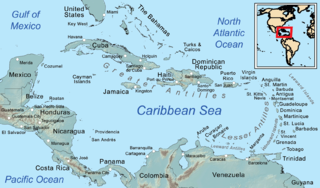
The West Indies is a region of the North Atlantic Ocean and the Caribbean that includes the island countries and surrounding waters of three major archipelagos: the Greater Antilles, the Lesser Antilles and the Lucayan Archipelago.

A referendum on the enlargement of the EC was held in France on 23 April 1972. Voters were asked whether they approved of Denmark, Ireland, Norway and the United Kingdom joining the EC.. The proposals were approved by 68.3% of voters, with a turnout of 60.2%.
A referendum on the sale of the Danish West Indian Islands to the United States of America was held in Denmark on 14 December 1916. The non-binding referendum saw 283,670 vote in favor of the sale of the Danish West Indian Islands and 158,157 against. The residents of the islands were not allowed to vote on the matter, but in an unofficial vote on St. Croix arranged by David Hamilton Jackson, 4,027 voted in favor of the sale and only seven voted against. As a result of the referendum the islands were formally relinquished to the United States by the Treaty of the Danish West Indies on 31 March 1917 as the United States Virgin Islands for a sum of US$25,000,000 in gold.

The San Narciso Hurricane was the ninth and last known hurricane of the 1867 Atlantic hurricane season. Forming late in the month of October, the hurricane, the costliest and deadliest storm of the 1867 Atlantic hurricane season, caused at least 811 deaths in Sankt Thomas and Captaincy General of Puerto Rico and at least $1 million in damage.

A referendum on a new constitution was held in Puerto Rico on 3 March 1952. It was approved by 81.9% of voters. This was considered by many US and Puerto Rican politicians an affirmation of the new constitution of the island as an Estado Libre Associado, or Commonwealth, as proposed by legislation in 1950 by the US Congress after negotiation with its political leaders. Puerto Rican nationalists question the meaning of the referendum, complaining that the only alternative offered was direct US rule, and no choice of independence was offered. In 1980, the US Supreme Court adjudicated that as a result of this referendum of 1952, the actual territorial status was not changed at all.

An unofficial referendum on the sale of the islands to the United States was held in the Danish West Indies on 17 August 1916. The proposal was approved by 99.83% of voters, with only seven people voting against. It followed the Treaty of the Danish West Indies, which was signed on 4 August, and also approved by a referendum in Denmark in December 1916. The islands were transferred to the United States in 1917.
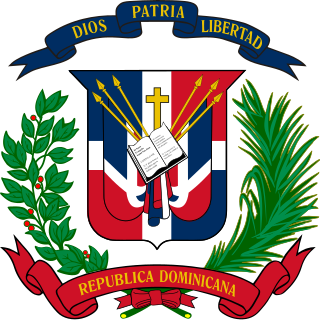
A referendum on annexation by the United States was held in the Dominican Republic on 19 February 1870. The proposal was approved by 99.93% of voters, although turnout was just 30%. However, the United States Senate rejected the annexation on 30 June 1870 with a 28–28 vote.

A referendum on leasing the Samaná Peninsula the United States for 99 years was held in the Dominican Republic on 19 February 1873. The proposal was approved by 99.91% of voters, but was never implemented after President Buenaventura Báez was overthrown on 2 January 1874.
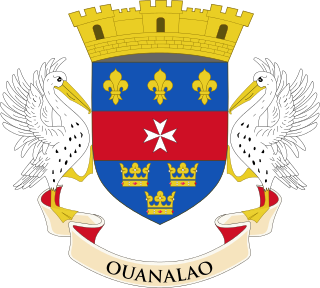
A referendum on re-integration into France was held in the Swedish colony of Saint Barthélemy in late October 1877. The island has been a colonial possession of Sweden for nearly a century, but following the referendum in which only one person voted against the proposal, it was returned to France the following year.
A two-part referendum was held in Guam on 4 August 1979. A proposed new constitution was rejected by 82% of voters, whilst a law introducing the death penalty was rejected by 53% of voters. In August 1987 a referendum was held on another proposed constitution, with each chapter voted on separately. Two chapters were rejected by voters, resulting in a second referendum in November in which both were approved.

An unofficial referendum on integration of Northern Marianas with Guam was held in Saipan in 1958. Though the proposal was approved by nearly 64% of voters and the Guam Legislature adopted Resolution No. 367 requesting the US Congress to integrate the governments, the United States did not integrate the islands.
The Danish referendum on joining the Unified Patent Court was a referendum held in Denmark on 25 May 2014 alongside the European Parliament elections. The referendum was approved with 62.5% of the vote, enabling the government to proceed with the ratification of the Agreement on a Unified Patent Court, which constitutes the legal basis for the Unified Patent Court. The court is to be common to several Member States of the European Union for proceedings regarding European patents. Ratification of the agreement, which had already been approved by a simple majority of the Danish parliament, will also render the unitary patent applicable in Denmark.
